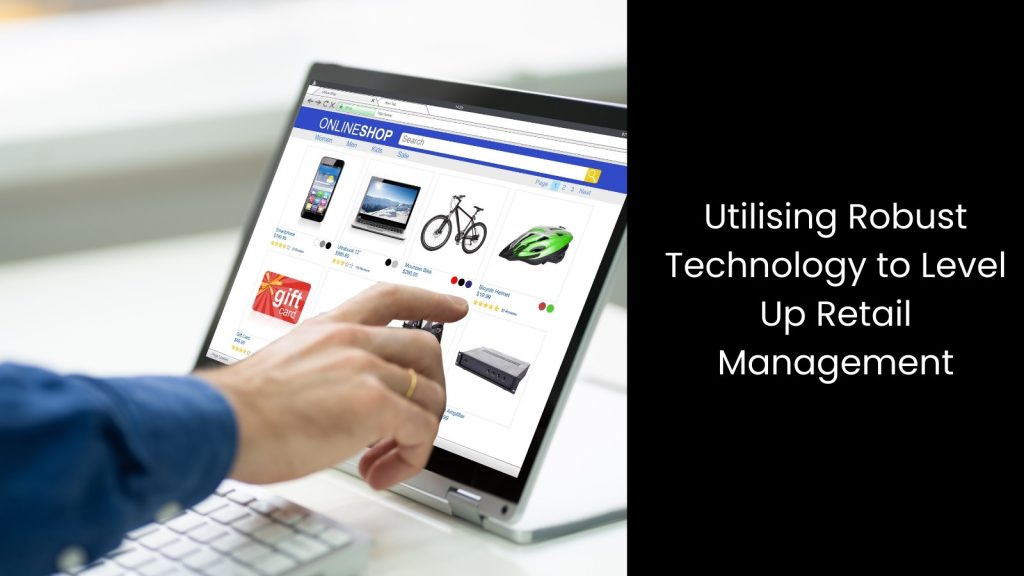For small businesses, cash flow management is the difference between thriving and struggling in a challenging economic environment. With financial pressures mounting, the ability to track, forecast, and optimise cash flow has become a vital skill for entrepreneurs and business owners alike. From tightening receivables to using technology, effective cash flow strategies ensure businesses can meet obligations, fund expansion, and weather unexpected disruptions. As the economic landscape evolves, prioritising sound cash flow management practices is no longer an alternative option but a must-have strategy for long-term stability and growth.
This article provides practical tips on how to improve cash flow, helping small enterprises navigate daily financial demands and plan confidently for the future. Therefore, let’s dive into these insights and start building a stronger, more resilient financial future today.
We will explore
- Why is Small Business Cash Flow Management Difficult?
- Top 13 Practical Tips to Manage the Cash Flow of a Small Business
- Understand Your Cash Flow Cycle
- Create a Cash Flow Forecast
- Speed Up Receivables
- Manage Payables Strategically
- Monitor and Cut Unnecessary Expenses
- Build a Cash Reserve
- Use Technology for Better Cash Flow Management
- Offer Subscription or Retainer Models
- Review Pricing Strategies
- Secure a Line of Credit
- Manage Inventory Wisely
- Strengthen Customer Relationships
- Seek Professional Advice
- Mastering Your Small Business Cash Flow for Lasting Success with Robust Technology
Why is Small Business Cash Flow Management Difficult?

- This indicates that small business cash flow management becomes difficult, as today’s business owners usually struggle to match income with expenses.
- Cash flow is the movement of money in and out of the business, and when these two do not align, problems arise. For example, businesses might not get paid on time, but they still need to pay employees, suppliers, and bills. This delay creates a gap where a business cannot meet its immediate financial needs.
- Small businesses, especially those in industries like manufacturing, retail, etc., face an added challenge of needing to invest in raw materials and production equipment upfront while they wait for payments to come in.
- Many owners also find it hard to predict cash flow because income and expenses can vary greatly from month to month. This inconsistency makes it tough to plan for the future, leaving businesses vulnerable to unexpected costs or downturns.
- With limited resources and financial experience, owners may struggle to track cash flow accurately, which only makes the situation worse. Cash flow management is not just about tracking expenses; it is about balancing all financial aspects to ensure the business stays afloat.
- With the right planning and tools, small businesses often find themselves caught in a cycle of debt, unable to break free.
Top 13 Practical Tips to Manage the Cash Flow of a Small Business

Understand Your Cash Flow Cycle
The first step to effective cash flow management for small businesses is understanding your cash flow cycle. This cycle tracks the movement of money into and out of your business.
Knowing when your business typically receives payments and when you must pay your bills allows you to anticipate shortfalls and plan accordingly.
For example, a retail store may have high inflows during holiday seasons but experience dry spells in other months. Analysing past financial records can help you identify these patterns and create a cash flow forecast to predict future cash needs.
Create a Cash Flow Forecast
A cash flow forecast is a vital tool that helps you predict how much money will flow into and out of your business over a specific period.
You can use historical data, sales projections, and expected expenses to create a monthly or weekly forecast.
For instance, if you run a landscaping business, your forecast might predict higher income during spring and summer but lower during winter. Update it regularly to reflect changes in your business environment.
You will see that accurate forecasting gives you the information needed to make informed financial decisions.
Speed Up Receivables
Another one of the most effective cash flow tips is to encourage customers to pay faster.
You need to send invoices immediately after providing goods or services and offer multiple payment methods for convenience. For example, offering credit cards, PayPal, or bank transfer options can reduce delays.
You can also provide early payment discounts, like offering 2% off for invoices paid within 10 days.
As you can see, regularly follow up on overdue accounts through polite reminder emails or calls to maintain steady cash inflow.
Manage Payables Strategically
While you want customers to pay you quickly, you should manage your own payables to keep cash in your business longer.
Negotiate extended payment terms with suppliers whenever possible. It is like this: Arranging to pay suppliers in 45 days instead of 30 can give you more time to collect payments from your customers.
Take advantage of any interest-free payment windows, but be careful to avoid late fees or damage to your relationships with vendors.
Monitor and Cut Unnecessary Expenses
Improving cash flow normally requires a close look at your expenses. Regularly review all outgoing payments and identify areas where you can reduce costs without harming your business.
This means that switching to a more affordable internet provider, using energy-efficient lighting, or moving to a smaller office space can significantly reduce costs.
But you need to cancel unused subscriptions, renegotiate contracts, and eliminate non-essential spending. Implementing cost-saving measures improves profitability and boosts cash reserves.
Build a Cash Reserve
Unexpected expenses are inevitable, and having a cash reserve can help you avoid cash flow crises. Set aside a portion of your profits each month into an emergency fund.
For example, saving just 5% of your monthly revenue can add up over time. Ideally, your cash reserve should cover at least three to six months of operating expenses.
Having a financial cushion allows you to handle slow periods, unforeseen repairs, or sudden opportunities with confidence.
Use Technology for Better Cash Flow Management
Small business financial management tools can automate invoicing, track expenses, and generate real-time cash flow reports.
Platforms that have integrated financial capabilities can help streamline your financial processes and provide a clearer view of your business’s financial health.
Setting automatic invoice reminders ensures customers are prompted to pay on time. Using technology reduces human error and saves time, allowing you to focus more on growing your business.
Offer Subscription or Retainer Models
One way to improve cash flow predictability is by offering subscription services or retainer agreements. These models provide recurring revenue, making it easier to forecast income and plan expenses.
Think of it like this: a marketing consultant might offer monthly retainer packages for ongoing SEO services, or a bakery could create a monthly subscription box. Packaging offerings into monthly plans stabilises your cash flow. Did you understand?
Review Pricing Strategies
Your pricing plays a significant role in cash flow management, and we hope you are keeping an eye on this!
If your prices are too low, you might not cover your costs. Regularly review your pricing strategy to ensure it aligns with your expenses and profit goals.
For instance, a graphic designer might calculate the true cost of projects, factoring in software subscriptions and consultation time, to set a more profitable rate. Consider the value you provide and how you can differentiate yourself from competitors to justify pricing adjustments.
Secure a Line of Credit
Even with excellent cash flow strategies, there may be times when you need extra funds. Establishing a line of credit before you urgently need it provides a financial safety net.
For example, having a $20,000 line of credit can help you bridge payroll during a slow month. This way, a line of credit gives you access to funds that can help you bridge gaps during slow periods or seize business opportunities without disrupting your operations.
Manage Inventory Wisely
For businesses that hold inventory, excess stock ties up cash that could be used elsewhere. That is why we urge you to monitor inventory levels closely to avoid overstocking.
If you are a clothing retailer, you might use point-of-sale software to track best-selling items and focus restocking efforts there.
Likewise, implementing inventory management systems to track sales trends and order quantities that match customer demand. Plus, moving towards a just-in-time inventory system can free up cash and reduce storage costs.
Strengthen Customer Relationships
We all understand that strong customer relationships can improve cash flow, right?
Loyal customers are more likely to pay on time, refer others, and engage in long-term contracts. Provide excellent service, maintain open communication, and show appreciation through loyalty programmes or personalised thank-you notes.
Encouraging repeat business stabilises income and strengthens your financial position.
Seek Professional Advice
If cash flow management feels overwhelming, consult with a financial advisor or accountant specialising in small businesses.
They can help you identify weaknesses, create a sustainable cash flow strategy, and recommend tax-saving opportunities that can further improve your bottom line. A professional perspective usually highlights solutions that might not be obvious from inside the business.
Mastering Your Small Business Cash Flow for Lasting Success with Robust Technology

Understanding what business cash flow is and actively managing it can spell the difference between flourishing and failing. With these practical cash flow tips, you can not only survive but thrive, positioning your small business for lasting profitability, growth, and success. However, your cash flow management responsibilities can be simplified if you opt for a suitable Financial Assistance System that has robust features. No matter how complicated your business is, the right technology will always save your day when it comes to cash flow management. If you hold hands with an industry expert, you can be assured that you are on your way to success!

